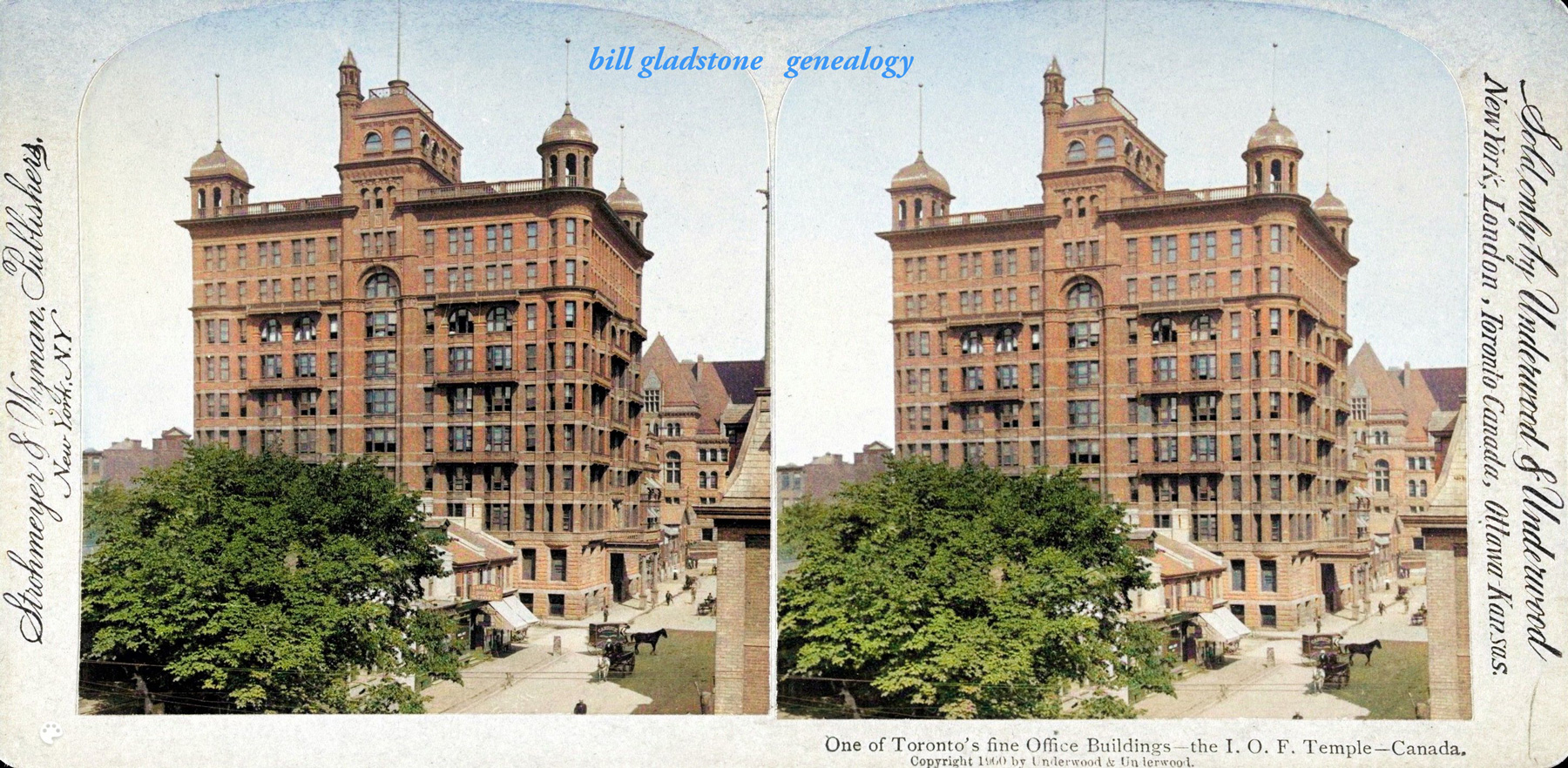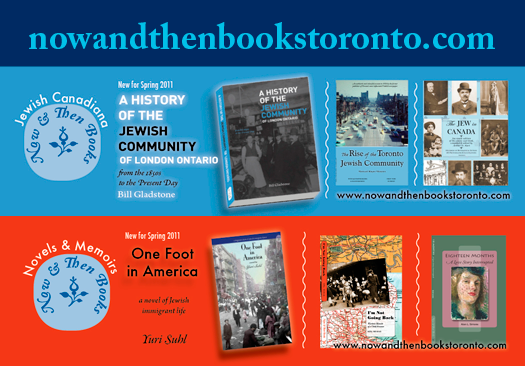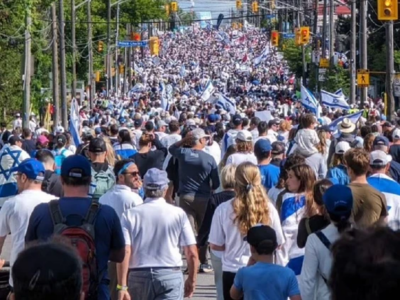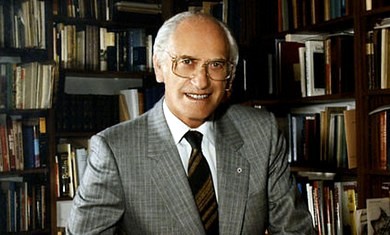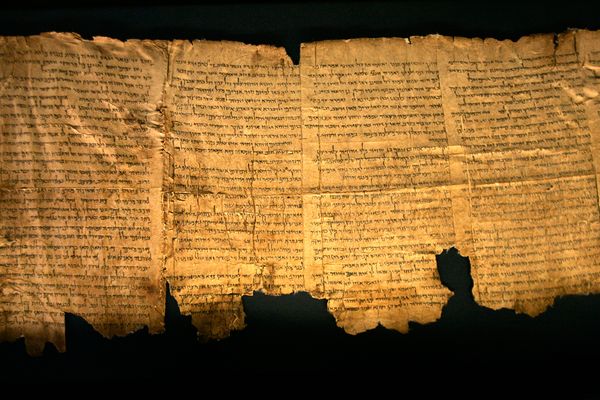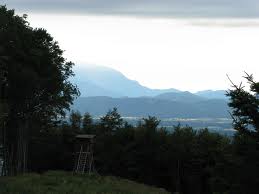 Less than an hour’s drive east of Vienna, in the low-lying Austrian province of the Burgenland, are a series of towns of special interest to Jewish travellers. These are the once-famous “Siebengemeinden,” the seven noteworthy Jewish communities of Eisenstadt, Mattersdorf, Deutschkreutz, Lackenbach, Kobersdorf, Frauenkirchen and Kittsee. The largest and most significant is Eisenstadt, the provincial capital, in which a Jewish museum has been established in a house in the former ghetto.
Less than an hour’s drive east of Vienna, in the low-lying Austrian province of the Burgenland, are a series of towns of special interest to Jewish travellers. These are the once-famous “Siebengemeinden,” the seven noteworthy Jewish communities of Eisenstadt, Mattersdorf, Deutschkreutz, Lackenbach, Kobersdorf, Frauenkirchen and Kittsee. The largest and most significant is Eisenstadt, the provincial capital, in which a Jewish museum has been established in a house in the former ghetto.
The Austrian Jewish Museum in Eisenstadt is larger and far more impressive than its counterpart in Vienna. Of national scope, it attempts to convey the history of Jewish life across all of Austria from the Dark Ages to the present, paying full attention to the darkest and most cataclysmic age of all, the Nazi era.
A series of adjoining rooms contain an impressive collection of artifacts ranging from illuminated Jewish manuscripts to Chanukah lamps to wooden models of historic synagogues. These items convey the richness of the former Jewish community, which had a population of about 900 at its height. An actual synagogue on the first floor contains many genuine antique artifacts and is dedicated to the memory of Rabbi Samson Wertheimer (1658-1724), the illustrious sage who headed the local rabbinical court.
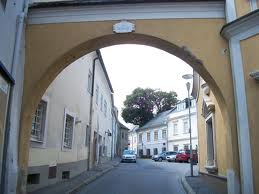 The original owner of the house in which the museum is situated, Wertheimer was regarded as a “gaon” or eminent scholar. Living in a province that was then under Esterhazy protection and officially part of Hungary, he was the Chief Rabbi of Hungary. As such, he was one of numerous celebrated luminaries who made the town famous as a center of Torah learning and helped inspire its nickname of “Little Jerusalem”. Others include Meir Eisenstadt (known as the “Maharam Ash”) and the German-born neo-Orthodox Rabbi Dr. Israel Hildesheimer.
The original owner of the house in which the museum is situated, Wertheimer was regarded as a “gaon” or eminent scholar. Living in a province that was then under Esterhazy protection and officially part of Hungary, he was the Chief Rabbi of Hungary. As such, he was one of numerous celebrated luminaries who made the town famous as a center of Torah learning and helped inspire its nickname of “Little Jerusalem”. Others include Meir Eisenstadt (known as the “Maharam Ash”) and the German-born neo-Orthodox Rabbi Dr. Israel Hildesheimer.
Like the synagogue, which was damaged but not destroyed during Krystallnacht, the town’s Jewish cemetery somehow survived the Nazi period. A key to the fence is available in the adjacent hospital. Considering they may be three centuries old, many of the Hebrew tombstones are remarkably legible. An eerie calm pervades the fenced-in enclosure where the stones lean this way and that amidst the tall grass.
Besides its rich Jewish history, Eisenstadt has a strong musical association. The composer Joseph Haydn (1732-1809) lived here for 30 years as the official composer of the Esterhazy court. His works are still regularly performed in Schloss Esterhazy, the palace that dominates the town. As castles go, however, the Burg Forchtenstein, situated on a dramatic hilltop a few kilometres away, is far more impressive; it is filled with tents, scabbards, armor and many other relics of the historic wars with the Turks in the 16th and 17th centuries.
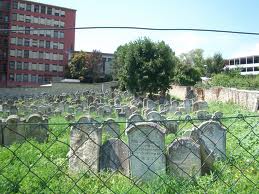 Predominantly flat, the Burgenland contains Europe’s only steppe-type lake, the Neusiedler See. Surrounded by reeds, the shallow, briny, spring-fed lake lies mostly in Austria, but its southern extremity protrudes into Hungary like the ungainly beak of a large waterbird. The lake is home to more than 250 species of waterfowl, many rare. The list includes the storks whose large nests atop chimneys in local villages like Rust and Oggau have become a symbol of the region.
Predominantly flat, the Burgenland contains Europe’s only steppe-type lake, the Neusiedler See. Surrounded by reeds, the shallow, briny, spring-fed lake lies mostly in Austria, but its southern extremity protrudes into Hungary like the ungainly beak of a large waterbird. The lake is home to more than 250 species of waterfowl, many rare. The list includes the storks whose large nests atop chimneys in local villages like Rust and Oggau have become a symbol of the region.
Former Cold War adversaries, the Austrians and Hungarians are now working jointly to establish an international nature park around the lake. Recognizing the popularity and commercial potential of cycling, the Hungarians are preparing some 40 km of bicycle paths to join the 90-km network already in use around the Austrian part of the lake. Later this year, for the first time, marathon cyclists will be able to circle the Neusiedler See in a day.
Running through lush fields and picturesque vineyards, the bicycle paths on the Austrian side are a cyclist’s dream. One sunny summer day, this writer cycled some 42 km at a relaxing pace in only a few hours, including rest stops and an hour-long ferry ride across the lake at the border town of Morbisch.
It was at Morbisch, only two years ago, that the Iron Curtain was breached and thousands of East German refugees poured across the border to freedom. Since then, the frontier has changed dramatically. The armed guards, lookout towers and barbed-wire fences of the Communist era are gone, replaced by a striped roadside barrier in the up position, offering cyclists and pedestrians free passage to the Hungarian towns of Fertorakos and Sopron, nearby. ♦
©
